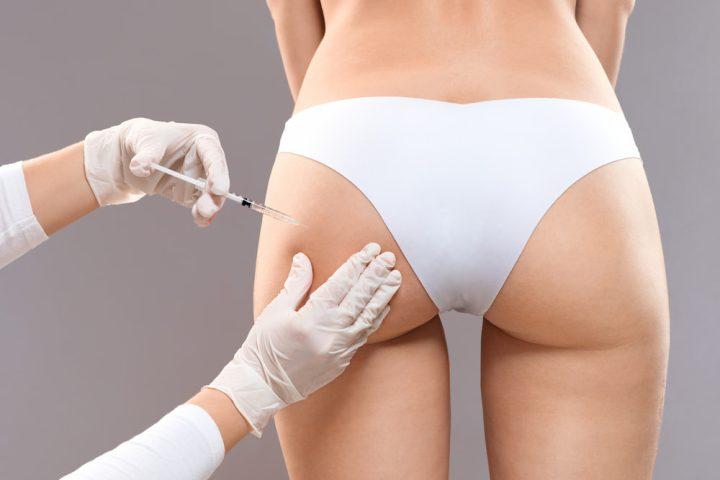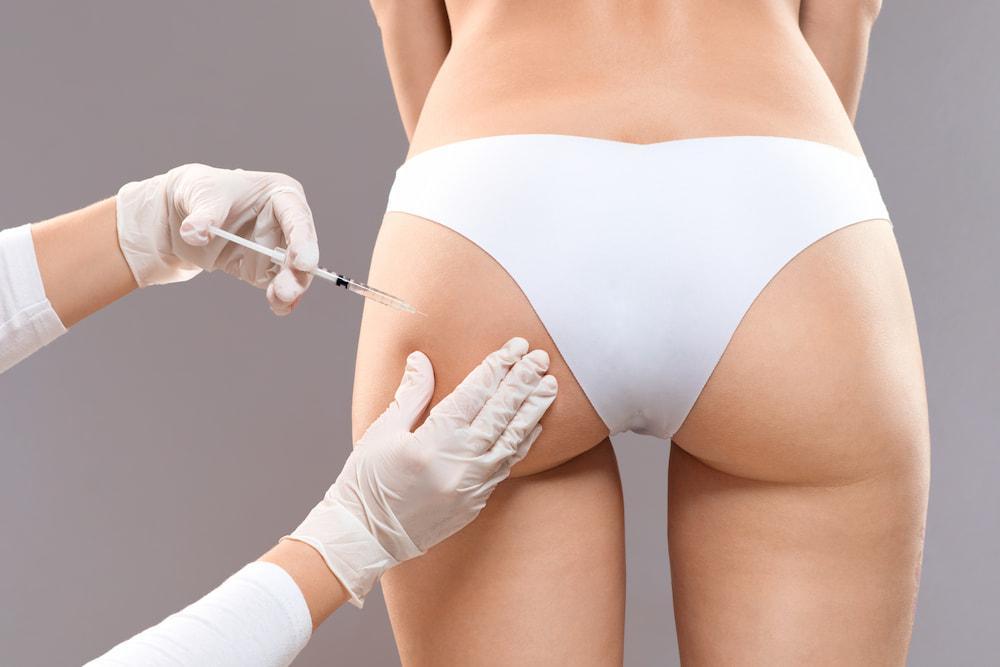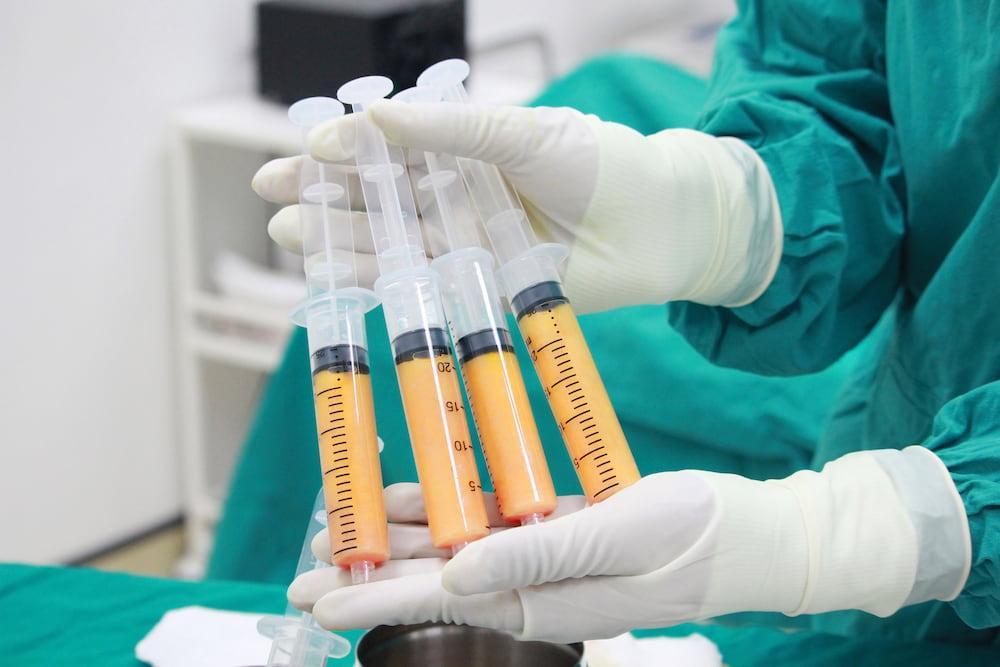
An Overview of Fat Transfer And Its Benefits
Y ou may have heard of fat transfer if you've ever considered removing excess fat or enhancing your figure with plastic surgery. This article will tell you everything you need to know about fat transfer so you can decide if it is the right option for you.
What is Fat Transfer?
Fat transfer, also known as fat grafting, is the process of extracting fat cells from one area of your body and placing them in a different area. This can be a useful procedure for removing unwanted fat as well as augmenting areas where you may want more fullness.
Fat is removed using liposuction and then processed in a centrifuge. The purified fat is then reinjected into the area of the body that you want to be enhanced. In addition to its uses in aesthetic enhancement, fat grafting can also help heal certain wounds and scar tissue, particularly following radiation treatments.
The History of Fat Transfer
The first fat transfer procedure was performed in 1893 to get rid of scarring following a bone infection. While there were other instances of fat transfer after that, the procedure did not become popular for nearly a century afterward because of the frequent complications associated with it.
In the 1990s, doctors developed standardized techniques for fat transfer processes, making it a much more reliable procedure. Since then, it has grown in popularity, and there is now a wide range of applications for this procedure.
Where Can You Transfer Fat?
There are many places on the body where people choose to transfer fat. People frequently use this procedure in different areas of the face to fill in bags under the eyes, plump up cheek or chin areas, or even out sunken areas or creases. Fat transfer is also a good approach to creating fuller lips.
Fat transfer can also be used to repair scar tissue across the body. It can be used to correct breast asymmetry or increase breast size by 1-2 cup sizes. Fat transfer procedures are also frequently used on the hips or buttocks to add volume.
This procedure is also commonly used on the hands and feet to reduce wrinkles and make them appear more youthful. People with bony feet may use this technique to add padding, making it more comfortable to stand and walk.

The Benefits of Fat Transfer
The main benefit of fat transfer is enhancing the shape of targeted areas of the body. Additionally, fat transfer can replenish nutrients and increase the blood supply to these areas, giving them a healthier, more youthful appearance.
Fat transfer is not the only method for augmenting certain areas of the body. People can also use filler injections, but many prefer fat transfer because it is a more natural option and more long-lasting than fillers.
The Fat Transfer Process
It is good to understand what the experience will be like before deciding on a fat transfer procedure. Because fat transfer procedures involve liposuction, they are always performed by an accredited plastic surgeon with comprehensive training in proper techniques and care standards.
If you decide to have a fat transfer procedure, you will discuss the areas that you want fat taken from and reinserted into with the doctor, who will mark those areas on your body. You will then be given either local anesthesia or a full anesthesia drip, depending on the size of the areas being targeted.
Step 1: Liposuction
To extract fat cells, the doctor will use manual liposuction techniques. This means that small incisions will be made, and fat will be extracted with a syringe and cannula. The fat transfer process cannot be performed using laser or ultrasound extraction techniques because they may damage the fat cells in the process.
Step 2: Fat Processing
Once fat cells have been extracted, they need to be processed using a centrifuge. This will separate usable adipose fat tissue from unusable cells and excess fluids. It is important to discard any cells that are not likely to survive the transplant, allowing only healthy cells to be transferred. This process is undertaken using high-quality, sterile equipment and the utmost care to ensure that the processed cells are safe for reinjection.
Step 3: Reinjection
Fat will be reinjected into the targeted areas using a small needle. Fat is reinserted a single droplet at a time to ensure that each group of fat cells has proper blood flow to survive and maintain a healthy appearance. This process takes place in specialized operating rooms directly connected to the cell processing labs. This ensures that each step of the procedure follows top cleanliness standards and produces excellent results.

Preparation and Recovery
Before a fat transfer procedure, you must stay well hydrated. This will help your body cope well with the procedure's stress and heal quickly afterward. It is also recommended that smokers quit smoking for at least six weeks before the procedure to reduce scarring. Everyone should also avoid any blood-thinning medications on the day of the procedure.
After the procedure, staff will monitor you for a short period in a recovery room. You will need someone to drive you home afterward, and you will be able to return to normal activities within a few days. To give your body time to recover, make sure that you avoid strenuous activities, swimming, and lifting weights until the incisions have completely healed.
Getting a Fat Transfer
If you are looking for a quality clinic for a fat transfer procedure in Bangkok, check out Nirunda Clinic. We have an expert team of medical professionals, including certified plastic surgeons, who handle all our fat transfer procedures. With clean, comfortable facilities and a wealth of experience providing beauty services, we have everything you need to have a great fat transfer experience. Contact us by email at inquiry@nirundaclinic.com or by phone at +66 (0) 2 160 4191 to learn more.







